Laura Jackel: Written for Domain.com.au
Laura Jackel: Written for Domain.com.au
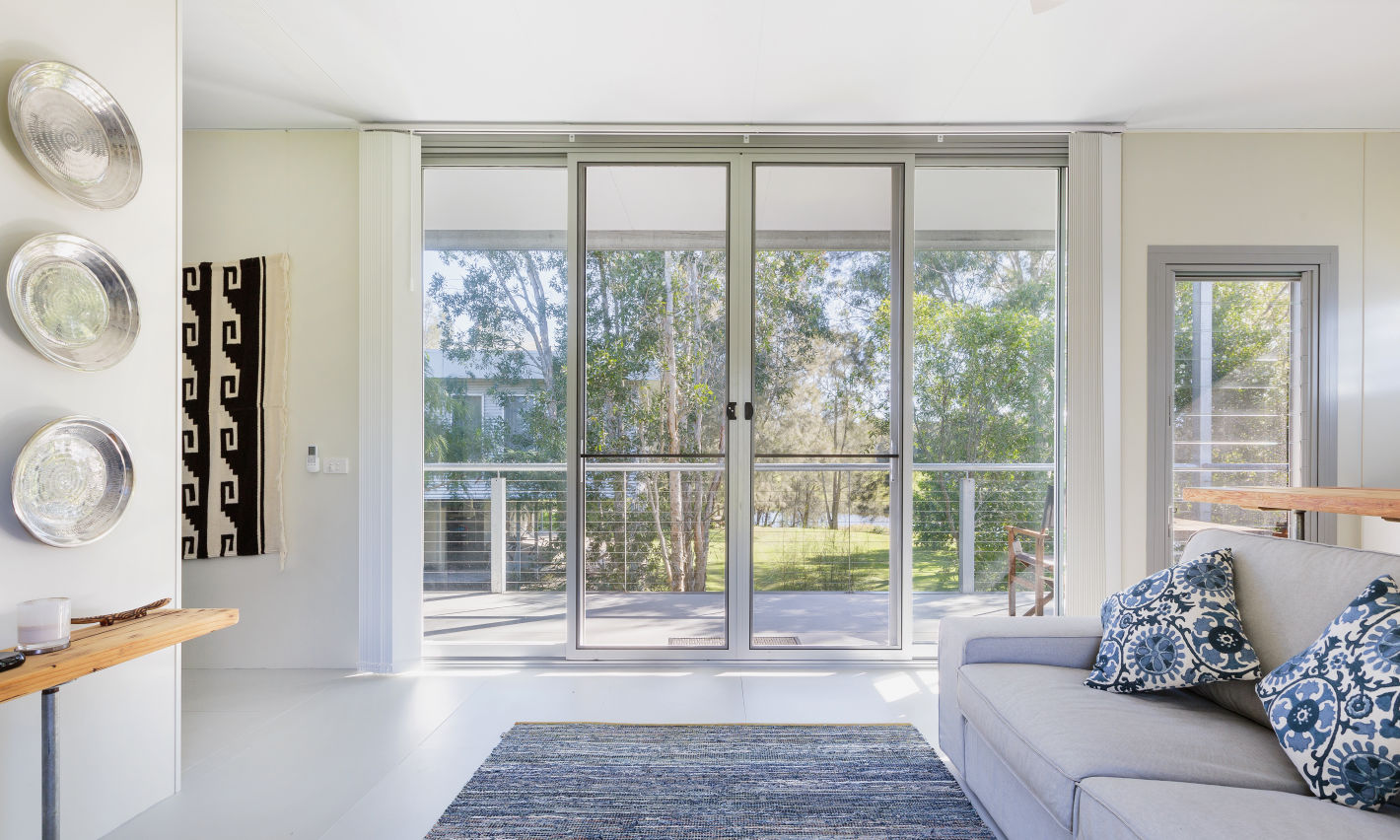
Construction manager Daniel Reitsma started in the building trade as an apprentice straight from school. He has always had an interest in smart design projects with a sustainable edge.
“Homes built from rammed earth or mud bricks are wonderful in theory, but they are resource-heavy and expensive,” Reitsma says. “I was curious about how I could encourage more people to think outside the box and build efficiently and sustainably.”
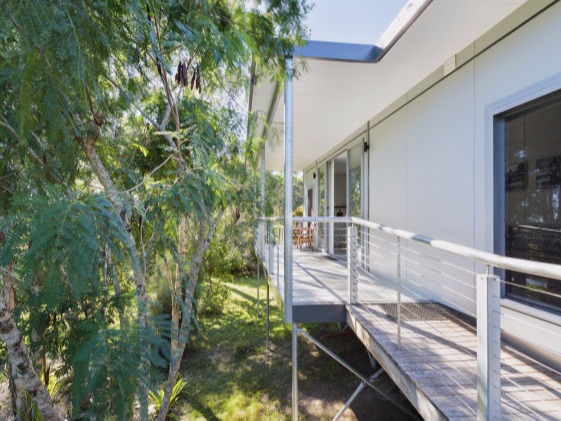
In 2014, Newcastle-based architect Edward Duc was looking for a builder willing to trial a prefabricated building concept. He put the word out via the Master Builders Association, and Reitsma answered the call.
“We used a block of land in Woodberry, NSW, to build and then assemble a prototype three-bedroom, single-storey home,” says Reitsma. “It took just eight weeks to complete the project once we were on-site, and the house has since won awards for its smart design.”
This was the beginning of MAAP House (Modular, Architectural, Adaptable, Panel), a system of building that uses durable, lightweight and versatile prefabricated panels to create a home.
“We call our system of building a hybrid modular or flat-pack house,” says Reitsma. “The wall and floor panels are delivered to site fully finished with the painting done and the windows and doors already fitted. We even build and finish the bathroom, kitchen and laundry as individual ‘pods’ in the factory.
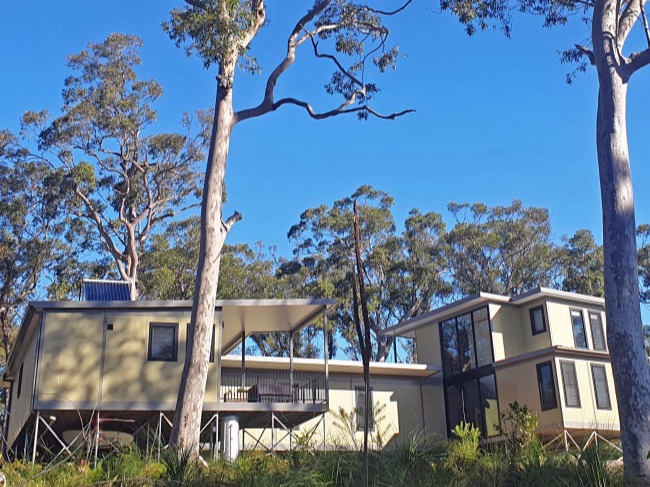
“Much like a car, clients choose from a basic model or can ‘upgrade’ and customise fixture and fittings depending on their budget.”
Once all the pods and panels are ready, they are packed into specially designed racks and loaded onto a semi-trailer, ready for delivery to the site for assembly. The on-site work can then take a matter of days or weeks, depending on the size of the build.
“We just completed a granny flat in Cessnock that took about 10 days to assemble on site. This means that most of the noise and disruption that comes with building a home or outbuilding takes place in the factory. We are not on-site annoying people for very long at all, which clients love.
“This also cuts down on labour costs because everything is pre-built. There is no need for any ‘wet trades’ such as painters or tilers to come out as that work is already done.”
Not only are MAAP homes fast and efficient to build, Reitsma is passionate about the fact that they are also fully recyclable.
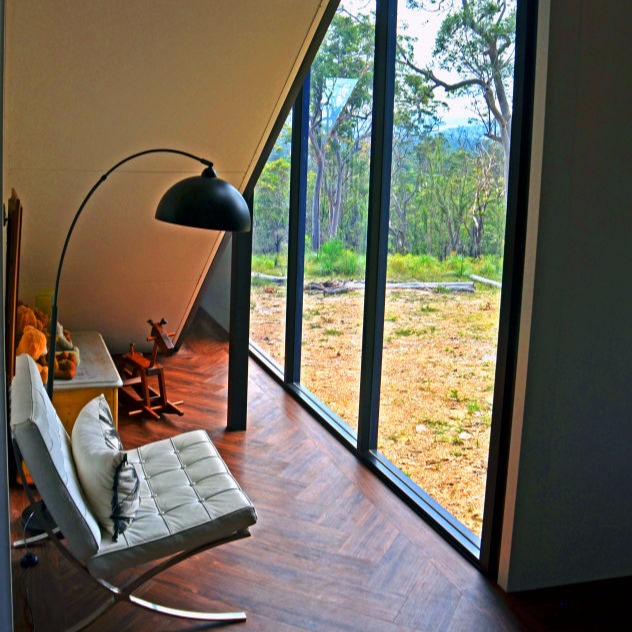
“The non-toxic magnesium oxide boards can be crushed and used to make more panels, or if in good condition, reused in another building. If someone decided they no longer wanted their granny flat, for example, we could easily disassemble the whole building and reassemble it on another site. Why demolish something and add it to landfill when you can re-use it instead?”
Equally, as Reitsma explains, if someone wanted to double the size of their granny flat or home, they could do it easily and cheaply with the MAAP panel system.
“We have learnt that people’s needs change over time, and our homes have the ability to change as life changes – families grow as kids come along and then shrink as kids move out. We can add or remove panels to create new rooms or get rid of unwanted ones. It is such a flexible and sustainable concept.”
Last year, Reitsma finished building a two-storey family MAAP house on his own 20-hectare block in Buladelah, New South Wales.
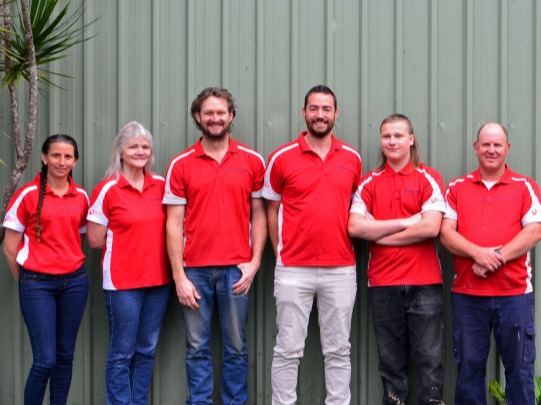
“We love it. I have three kids aged 14, 12 and nine, and with the U-shaped design, I can see them running about the house from over the other side,” he says.
“Our rural location means we have no sewage or water services, so we have our own on-site worm farm and wet composting system to look after all of that.”
The insulated roof, wall and floor panels keep the home cool in summer and warm in winter. “It is a very comfortable house to live and raise a family in.”
Reitsma hopes to take MAAP’s sustainable and efficient designs Australia wide. He would also like to train more people to use the panel technology, particularly in remote areas.
“I am currently in conversation with the Indigenous community on the mid-north coast about training Indigenous apprentices to build their own homes. We also want to create a ‘panel buy back’ system where people looking to move up or sell could sell their home back to MAAP, and it could be used for charitable purposes.
“We have recently used MAAP technology to cheaply and efficiently help a charity with a low budget to assemble three buildings for a women’s refuge. We would love to be able to use future recycled panels for more projects like this in rural areas as we know there is a need.”
Learm more about MAAP House panels...
MAAP House is working closely with community organisations to help those who need it most.
Read more:
Peace. Space. Freedom. Living off-grid is attractive for many reasons.
Read More...
MAAP House is a smarter way to move a factory built home. There is no need for oversize loads, permits or pilot cars.
Read More...
Renovations and alterations have never been easier. Reuse parts of the existing house on the new build.
Read More...
The MAAP House system is a smarter, quicker, more economical way to build.
Read More...
MAAP homes are environmentally friendly, sustainable living is easier in a sustainably designed home.
Read More...

Patent 2017900829
Contact: MAAP House
info@maaphouse.com
0411 806 499